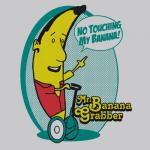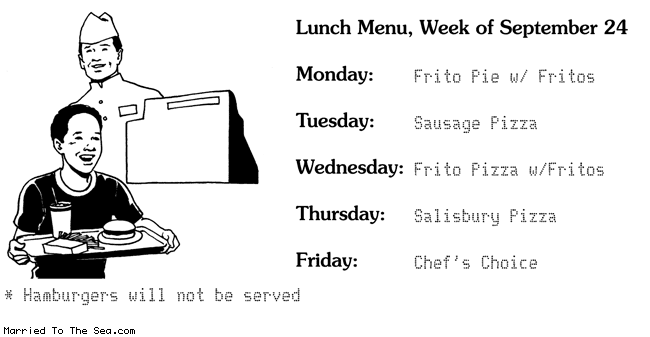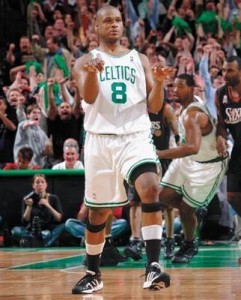There are two kinds of compression to consider, and I do think both were hinted at.
When you compress audio dynamically (there is a difference between dynamic compression and storage compression) you are taking out the dynamic range of the audio. You basically make the quiet stuff quieter and the loud stuff either just as loud or even back it off a little bit (the latter is strictly called limiting not compressing, but most compressors are compressors/limiters built into one). This makes it so that when you are in your car you can hear the “quiet parts” about as well as the loud parts. But it does take something out of the feeling of the music. This dynamic compression is something you can blame either on the studio or on your own stereo, depending on if your stereo attempts any of it — in addition to anything the studio may have done.
Storage compression is something else. Storage compression is when you try to take the original PCM data (bits) that is on a CD and convert somehow mathmatically so that it fits in less space. CD’s can hold like 500 MB of data, which is really a lot. Typical songs are normally about 30-50 MB worth each. FLAC’s, OGG’s, MP3’s, WMA’s, whatever IPOD’s use, and other formats are nothing other than somebody running some math on the original data (30-50MB) and trying to make it smaller.
There are various ways of doing that, some of them involve “compromise”. Some formats, such as FLAC are considered lossless, meaning that if you take the CD data, math it to put out FLAC, then take the FLAC data and de-math it, you get the exact same CD data back out. Others, such as WMA, are called lossy, meaning that once you math the CD data to get the WMA version, you can never go back. They had to compromise mathmatically when they decided how to re-arrange the bits. And you can hear it because the resulting sound has imposed static and other audible artifacts, especially at lower bitrates such as 96 or the “std” 128.
To understand how storage compression works, I can give you an example that is mathmatically simple. Take this: 00000111. It takes 8 letters or whatever to write it down. But what if I did it this way: 0X51X3. Now I have reduced it to only 6 letters. There is actually an image compression format (PNG) that works exactly like that. Instead of recording 100 reds it records “red”,”100″. Works well for non-photographic images. As you can see this is not lossy — I can get back to the original easily. Obviously this is a very simple scheme. You have to get more complicated when you deal with photographic images or music, and sometimes they compromise. Have you ever seen a low-quality jpg image on the net? Sometimes this is because you can see the algorithm has compromised somehow, and when it gets reinterpreted back out to display on your screen, it isn’t the same as the original. If you want to test this, go get “the gimp” and install it. It’s like photoshop but free. You can save images in many formats, some of them lossy and some lossless. BMP would be lossless. You can copy the same image and save it as many times BMP as you want. But if you use JPG instead, each time you open the last saved image and save it again (after changing it slightly so it actually resaves) it will get worse. Each time you save it you lose something. The jpg compression algorithm is lossy — and so are lots of the algorithms used to put lots of music on your IPOD.
Note that you always have to de-math a storage compressed format in order to play it, since the audio hardware that ends up sending the signal out to your speakers (meaning the DAC) eventually has to have it in the regular uncompressed CD type format.
Although there is some real discussion to be had about media, artistry, and etc. It’s my opinion that the original comment was directed at two things: dynamic compression and storage compression. The result of both is that when the end listener ends up finally consuming the music that the artist put down, it’s a lot different than what it *really* sounded like to begin with.





 Reply With Quote
Reply With Quote









Bookmarks